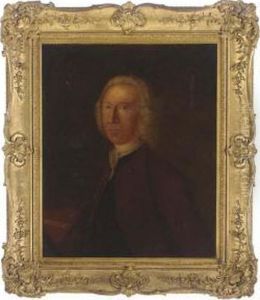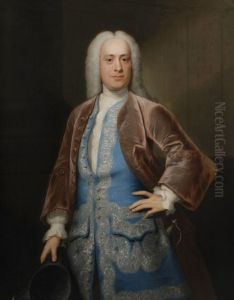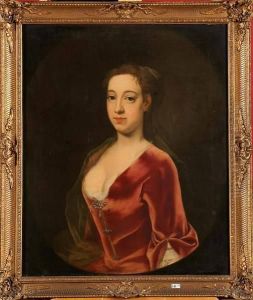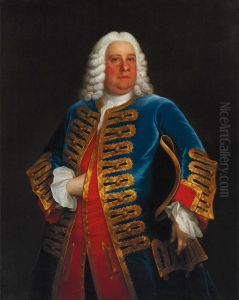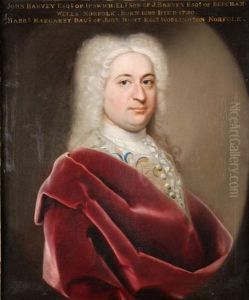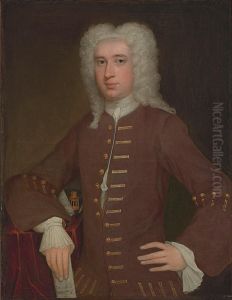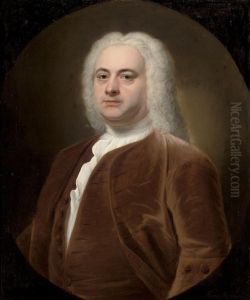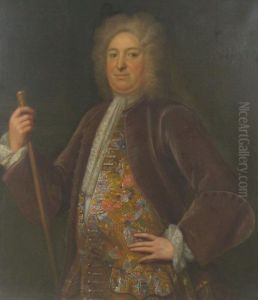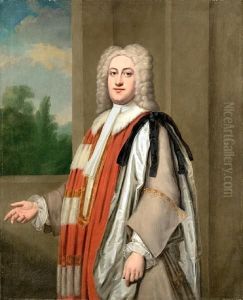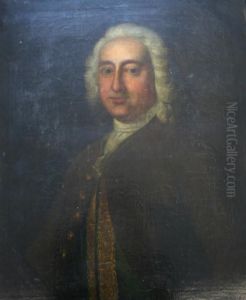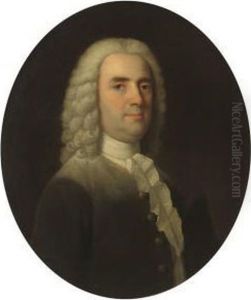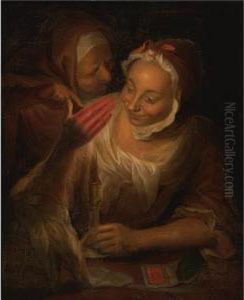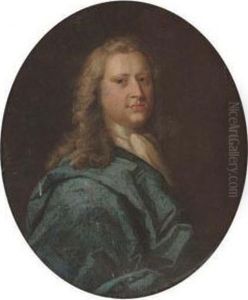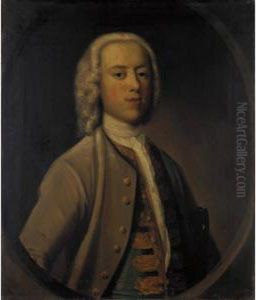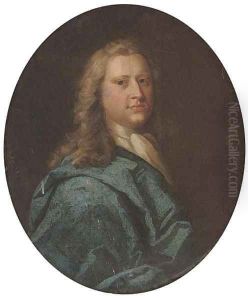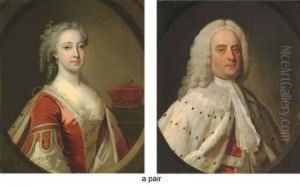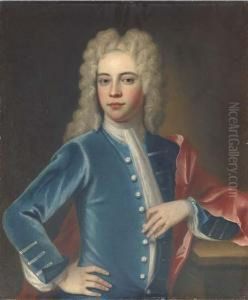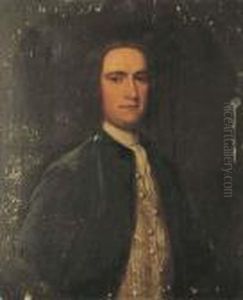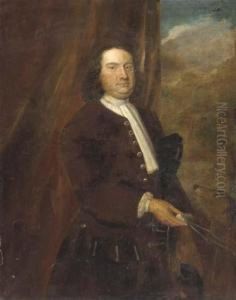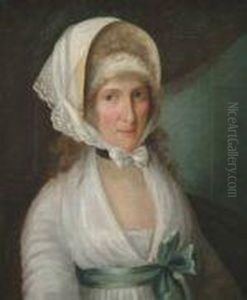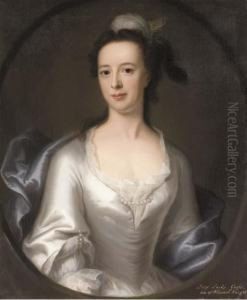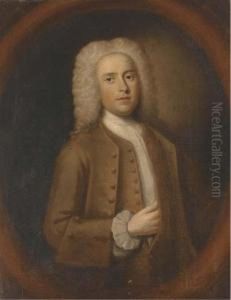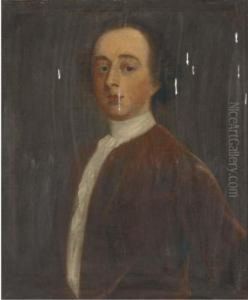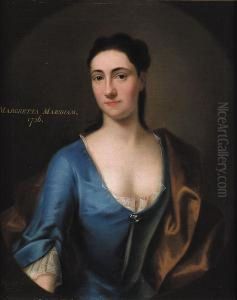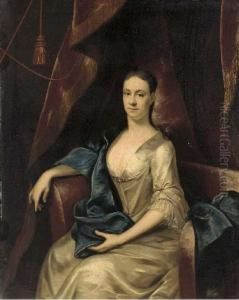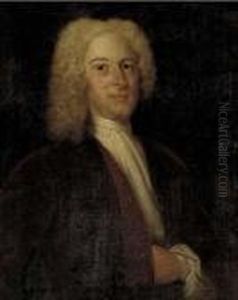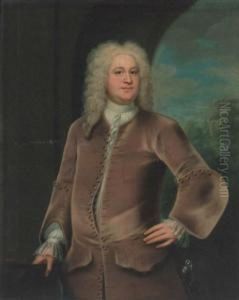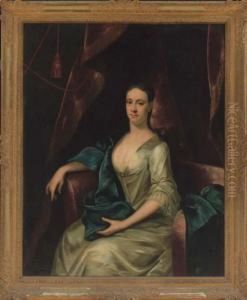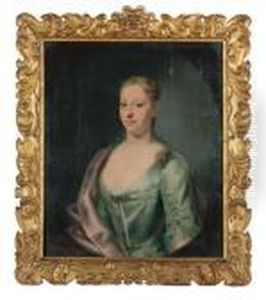John Theodore Sen Heins Paintings
John Theodore Heins, also known as John Theodore Sen Heins, was a portrait painter born in 1697 in Germany. Despite his German origins, he is particularly noted for his contributions to British art, specifically in the region of Norfolk. Heins moved to England around the year 1720, and it is in England where he developed his career and reputation as an artist.
Heins' work primarily consisted of portraits, and he was known for capturing the likeness and character of his subjects with considerable skill. His clientele often included local gentry and prominent figures, which allowed him to create a comprehensive pictorial record of the society of his time in Norfolk and surrounding areas. Heins’ style was typical of the early 18th century, characterized by a certain formality and adherence to the conventions of the period, yet he was also able to impart a sense of individual personality in his portrayals.
Throughout his career, Heins was active in Norwich, which was a significant cultural hub in the 18th century. His presence in the area was part of a larger movement of artists and craftsmen who contributed to the city's burgeoning art scene. Heins' legacy includes a substantial body of work that provides insight into the fashion, status, and personal attributes of his subjects.
Heins continued to paint until his death in 1756. While he may not be as widely recognized as some of his contemporaries, his work remains an important part of British provincial art history, offering a window into the social fabric and visual culture of his time. His portraits can be found in various collections and are a testament to his skill and the artistry of portrait painting in the 18th century.
